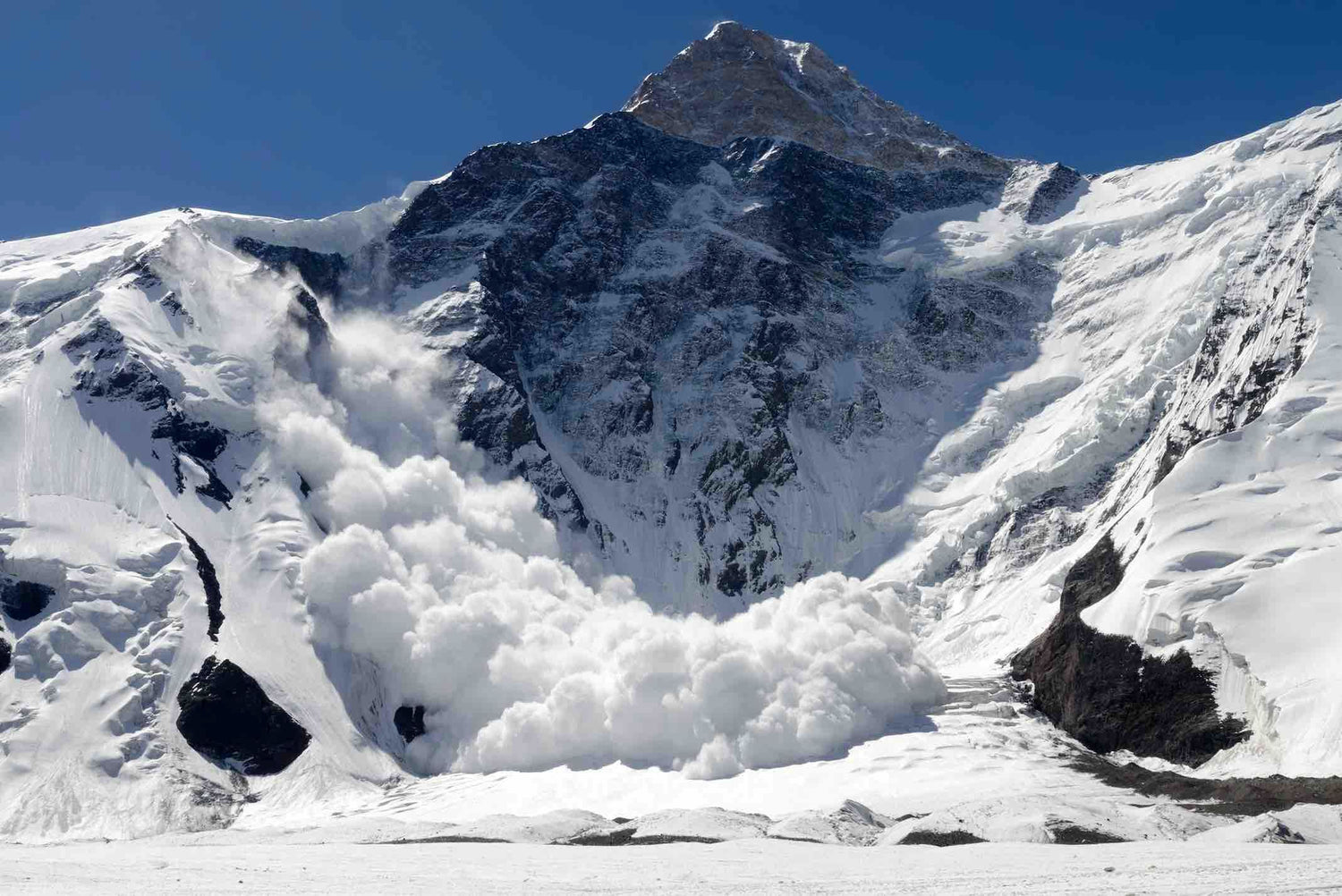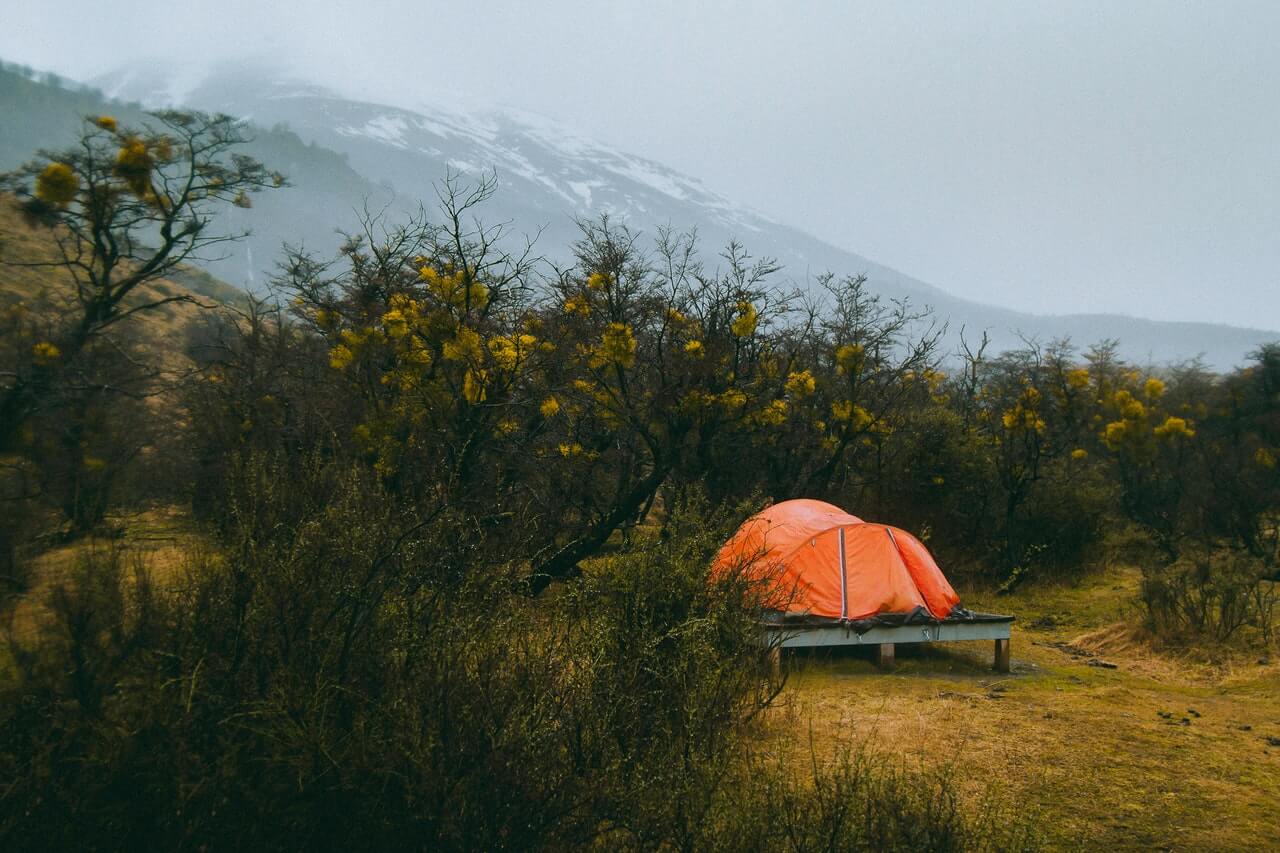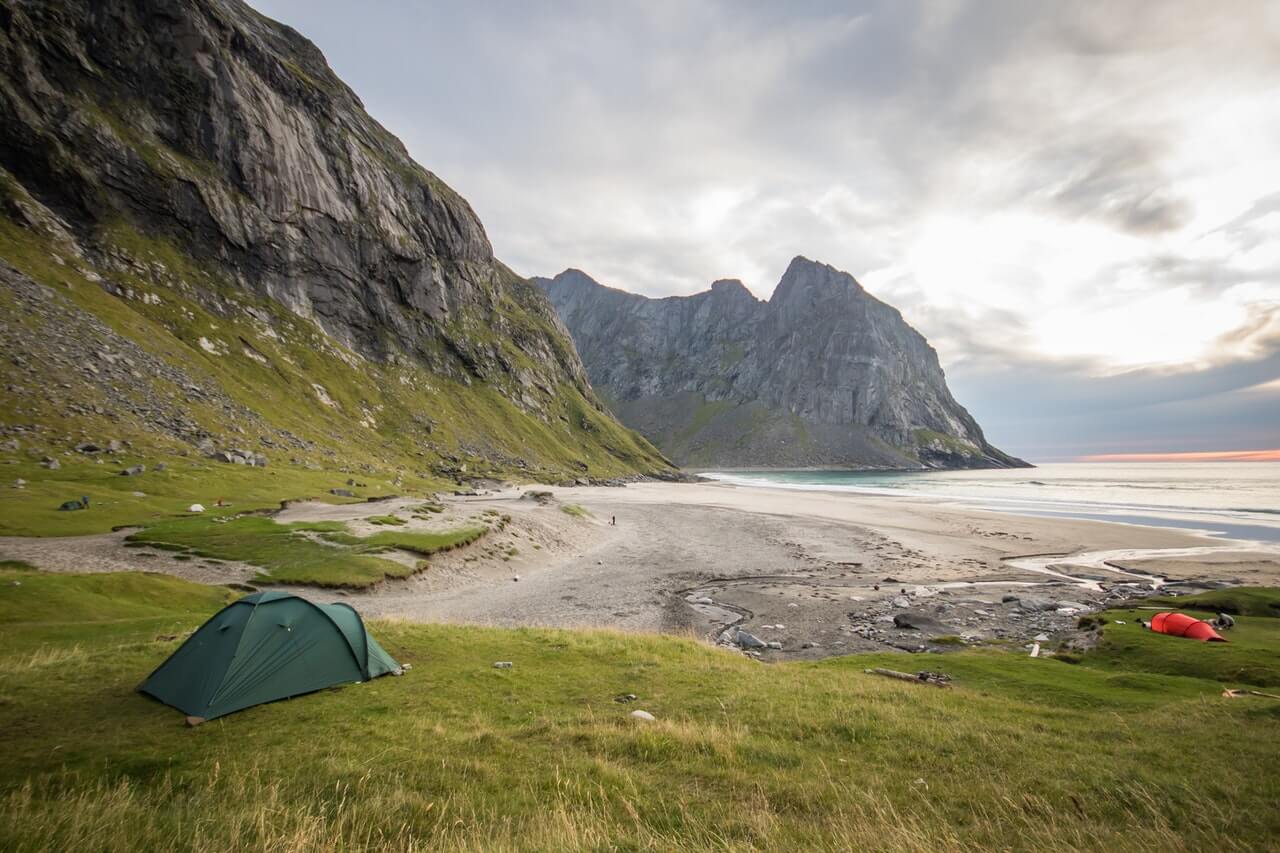Depending on how long the planned hike is to last, i.e. whether it is a day trip or perhaps trekking for several days, the hiking backpack must be packed strategically accordingly. This also applies to different seasons, because hikers need completely different equipment in summer than in winter, for example. Especially for winter hiking, packing is such a science in itself, because hikers also do not want to carry too much weight, because they then sink in the snow additionally. Wespornow has put together the perfect packing list for winter hiking.
Safety: poles, avalanche transceiver set
It can get slippery on snow and ice, so winter hikers should definitely include the hooks that are clamped under the hiking boots, in their packing list. Also essential for walking safety are ski or telescopic poles with large winter plates, so that the tips do not sink into the slush and provide good grip. Those who move in alpine terrain should definitely also have an avalanche shovel, a beeper and an avalanche probe. Furthermore, a whistle can not hurt to be able to draw attention to themselves in an emergency.

Keeping warm: Spare clothes, thermos and seat cushion.
Despite the best winter hiking boots or gloves, winter hikers may step into a snow hole, causing snow to slide into their shoes (alternative: wear gaiters) or snow to get into their gloves. Wet socks can be very uncomfortable in cold weather. That's why winter hikers should always carry a spare pair as well. The same applies to gloves. To warm yourself from the inside, you should also always pack a thermos flask with tea. So that winter hikers do not have to sit down in the snow during a break, a seat cushion should also be brought along.
Sun protection: sunglasses, sunscreen and lip care.
Even if it's cold in winter and you feel the sun less, that doesn't mean it doesn't still shine strongly. Especially when it reflects off the snow, it can be very painful and even harmful to your eyes. That's why sunglasses are an absolute must for your winter hiking packing list. Sunscreen with a sufficiently high sun protection factor should also be packed. For the lips there are special care sticks with sun protection factor, because a sunburn on the lips can become very painful.

For extreme conditions: Pack a balaclava
Even if the weather looks like a beautiful winter day, that doesn't mean it can't change in a matter of minutes in the mountains. This can be quite tricky when hiking in high alpine areas and also when winter hiking. Therefore, winter hikers should not forget the balaclava on their packing list to protect the head, face and eyes from the wind and snow.
Keep your strength up: Pack plenty of food
Hiking in general already burns a lot of calories, but when it's also cold and your body has to work to keep warm, even more calories are burned. Winter hikers should keep this in mind when packing provisions for the day. Energy or granola bars are certainly a good option here. However, the bars should not necessarily be transported in an outer compartment of the backpack, because otherwise they quickly become a popsicle.


